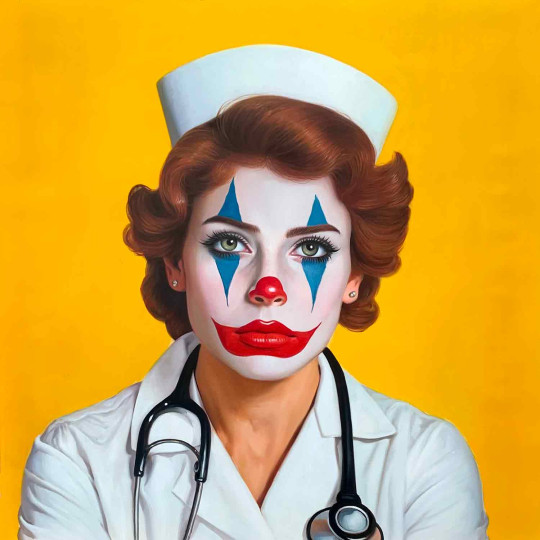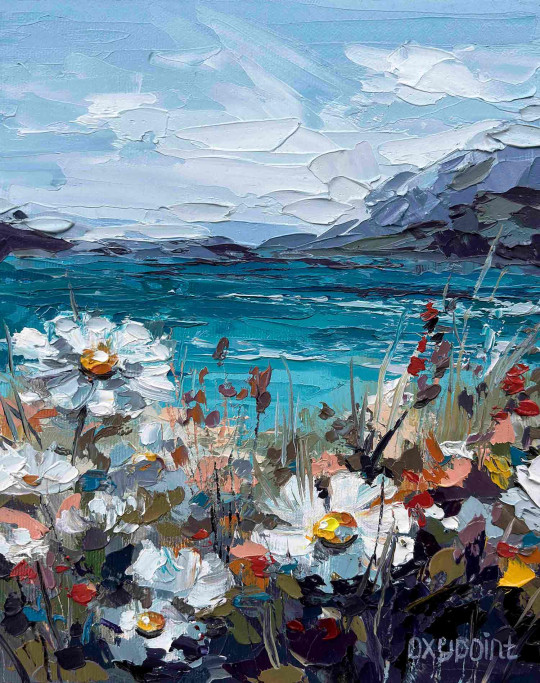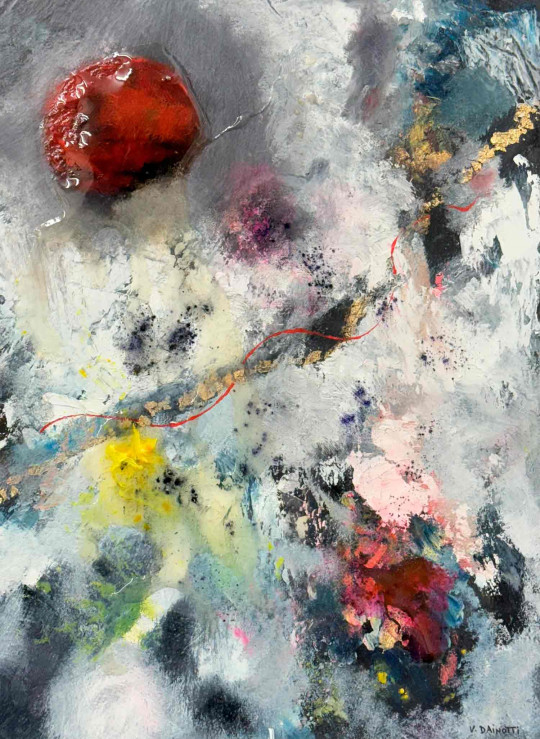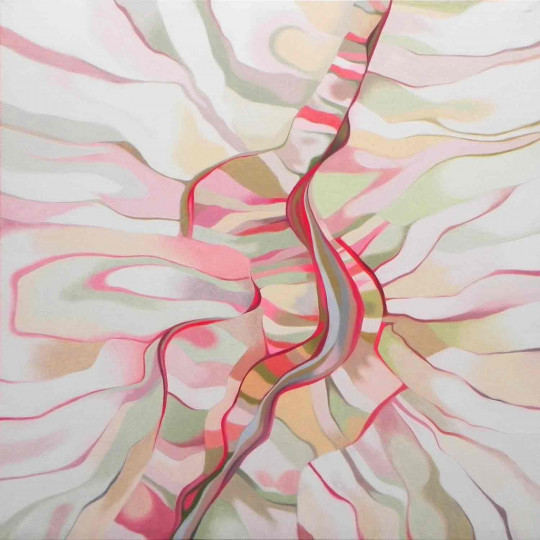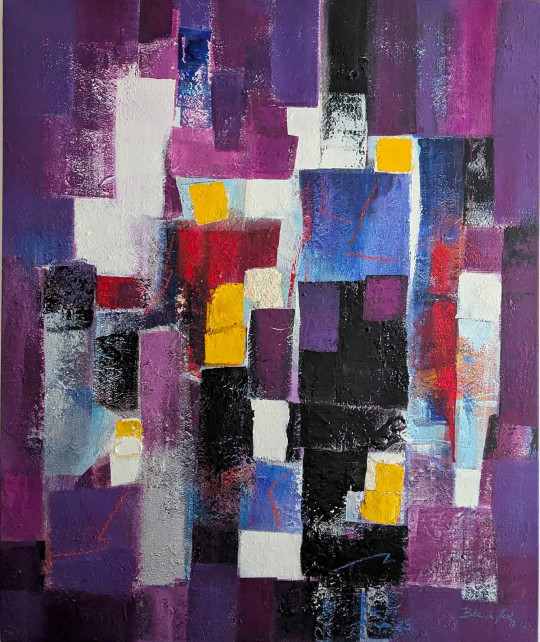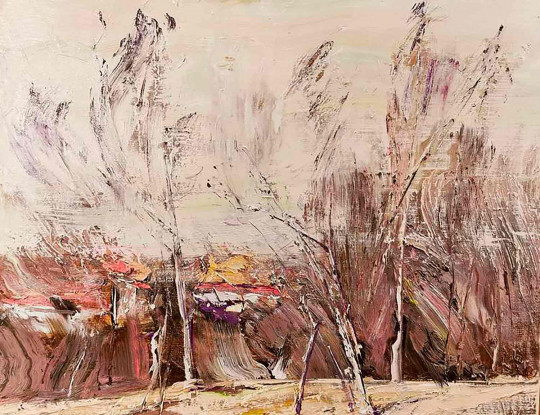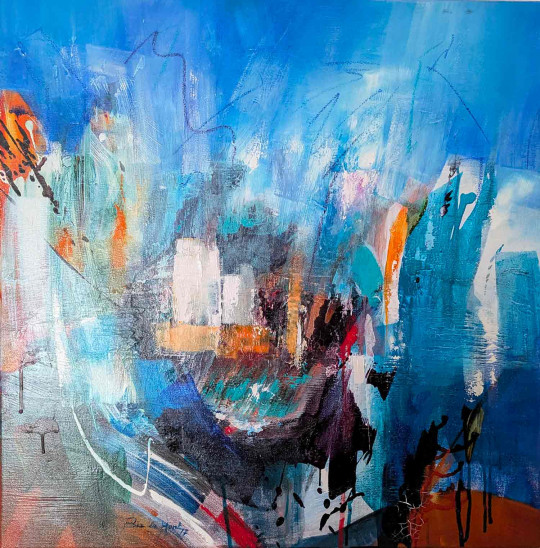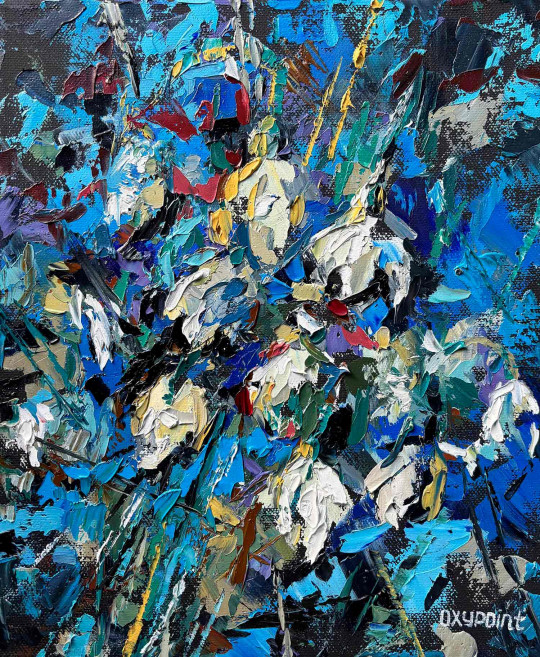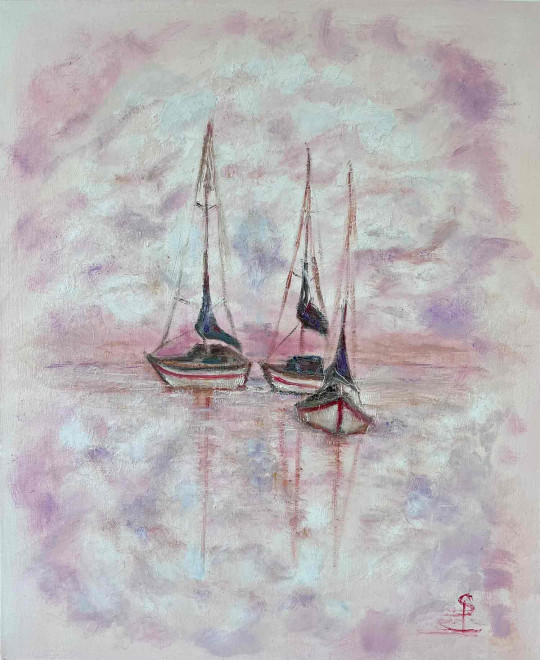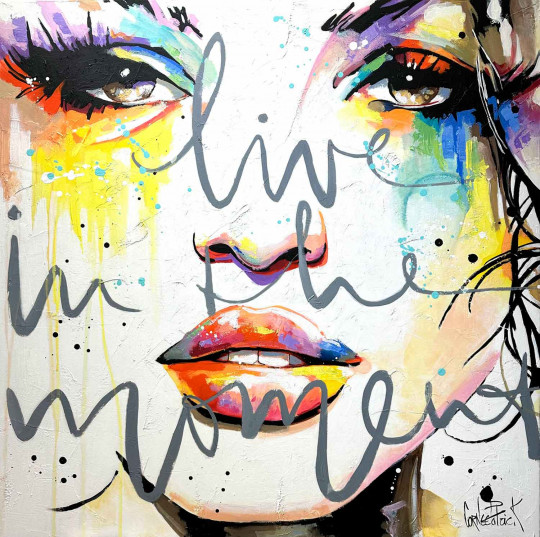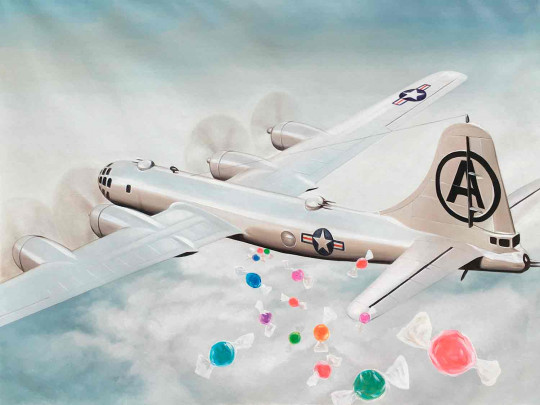The oil paint consists in using paint where the oil is going to play the role of binder and convey crushed color pigments. It is necessary to prepare the support to receive the oil paint with a preparatory layer so that pigments adhere to the support. The principle of mixing pigments with fat oils was known since Antiquity and has been perfected by the Flemish painters at the beginning of the XV°s. We attribute the invention of this technique to the painter Jan Van Eyck, due to the importance and quality of his paints as we can see it in the work 'l’Adoration de l’Agneau mystique', 1432. This Flemish technique was practiced for a long time as base to the use of oil paint and was exported to other countries such as Italy or the Iberian Peninsula. Thus with this discovery, a new esthetic was born and shall compete with tempera (paint with water and egg) as oil paint allows to obtain effects of glacis, fusion of tones, games of transparency, superimposing layers…
In the course of the centuries, the technique was used by artists of various countries which gave rise to multiple evolutions and uses.
From 1840, the manufacturing of colors in tube is going to facilitate the use of oil paint and will be very appreciated by the 'impressionnistes' painters who go out of their workshop to paint outdoors. However this technique also presents inconveniences, the artist cannot be in a hurry to paint, the work is slow because the drying time is long (several weeks).
Progressively oil paint is going to be dethroned by the appearance of a new technique, that of the acrylic paint.
In contemporary painting, this technique was often used as a supplement to other techniques called "mixed techniques" so to associate the advantages of each of them.
 English
English Français
Français
